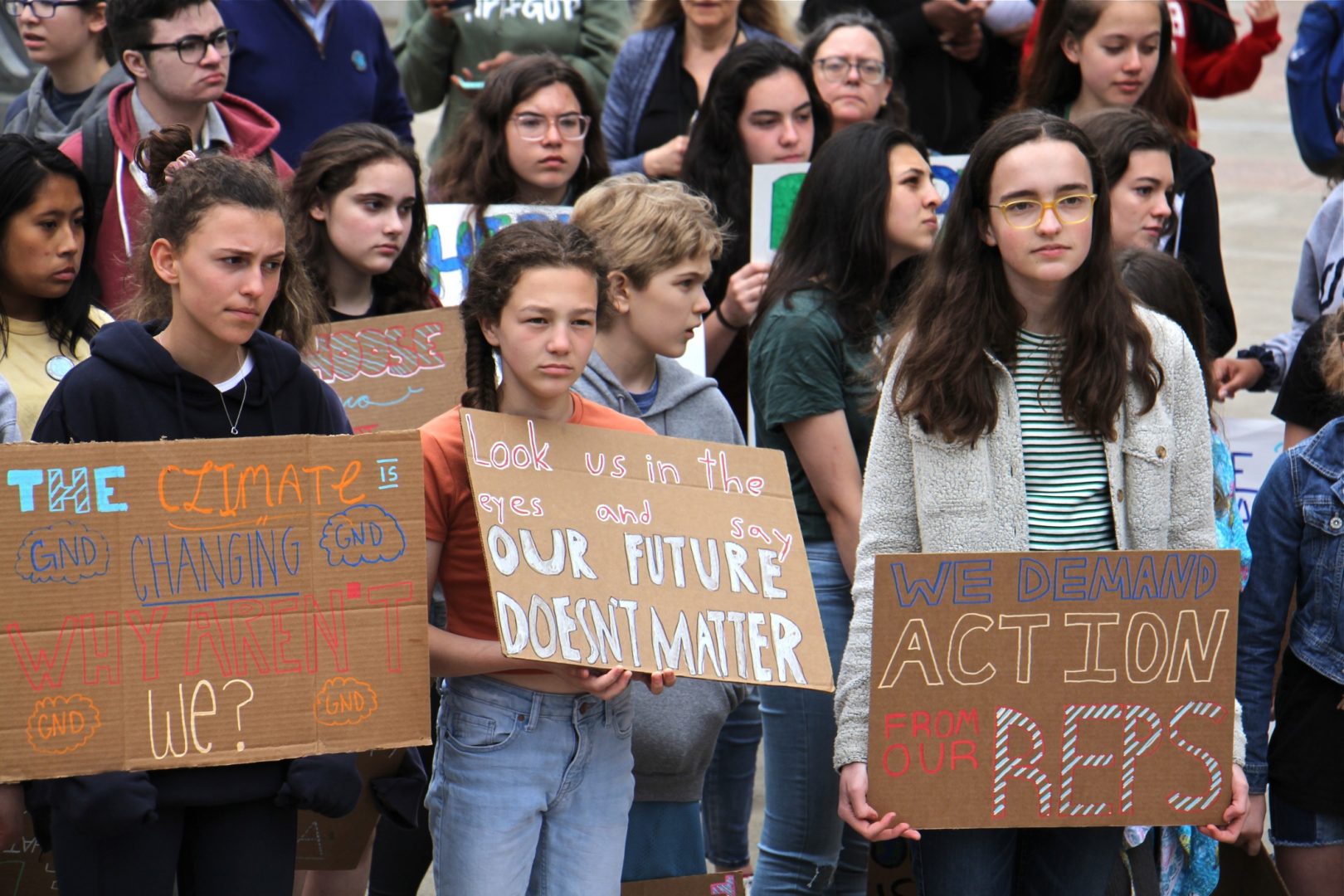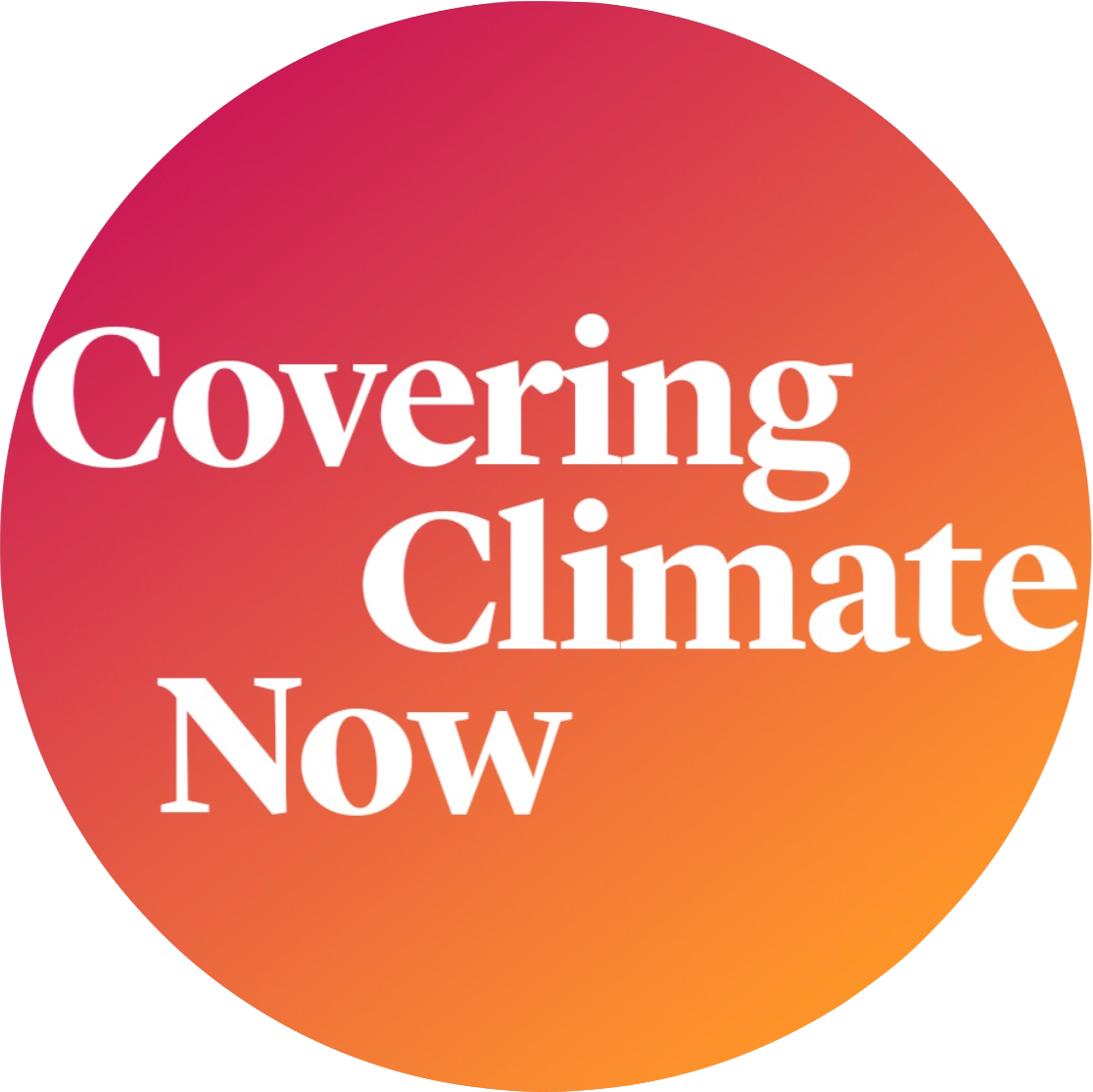
Philadelphia students cut class Friday, May 3, 2019 to participate in a rally at Thomas Paine Plaza to protest inaction on climate change issues.
Emma Lee / WHYY


Philadelphia students cut class Friday, May 3, 2019 to participate in a rally at Thomas Paine Plaza to protest inaction on climate change issues.
Emma Lee / WHYY

Emma Lee / WHYY
Philadelphia students cut class Friday, May 3, 2019 to participate in a rally at Thomas Paine Plaza to protest inaction on climate change issues.
This story originally appeared in The Christian Science Monitor. It is republished here as part of StateImpact Pennsylvania’s partnership with Covering Climate Now, a global collaboration of more than 250 news outlets to strengthen coverage of the climate story.
There’s a common adage among scientists and statisticians: “All models are wrong, but some are useful.”
That’s certainly true in the modern world, where – despite the fact that they’re by nature mere cliimate chashadows of real-world scenarios – computer models serve as vital guideposts in some of humanity’s most complex and dangerous pursuits, frcliimate chaom skyscraper and bridge construction to air and space travel.
In the world of climate science, models have come under particularly intense scrutiny, with some skeptics dismissing them entirely. At the same time, thousands of scientists are banking on these models as guideposts for the planet’s future. What makes them so sure?
“[Climate] models encapsulate everything we know about how the world works,” says Andrew Gettelman, a senior scientist at the National Center for Atmospheric Research in Boulder, Colorado.
The equations that are their foundation are ones we use over and over, and are interwoven in the fabric of our lives. “If we didn’t understand thermodynamics and we didn’t understand water and how water condenses, internal combustion engines wouldn’t work,” he says. “If we didn’t understand fluid dynamics, we couldn’t predict the weather, we couldn’t make pipe systems work, and make chemical plants work. None of the physics in climate models is new.”
That said, today’s models are incredibly complex, taking into account a multitude of processes that affect climate, and uncertainty is part of their DNA. They offer a range of scenarios based on human actions – the choices we make around mitigating carbon emission, for instance – but there also is uncertainty in the forecasts each model gives, and a difference in what the top models being used tell us.
Take the most basic: long-term global temperature increase. Kate Marvel, a climate scientist at the NASA Goddard Institute for Space Studies, notes that what the models predict ranges from warming of 1.5 degrees Celsius to 4.5 degrees C – and that gap hasn’t materially changed as models have gotten more sophisticated.
“That’s kind of bonkers,” says Dr. Marvel. “A degree and a half is not that bad, and 4 1/2 degrees is totally catastrophic.”
But Dr. Marvel, and others, worry that communicating scientific uncertainty to the broader public can be misinterpreted: “There is uncertainty, but there is also really, really great certainty,” she says. “We’ve ruled out ‘fine.’ ‘Fine’ is not going to happen.”
Scientists generally welcome uncertainty, says Drew Shindell, a climate scientist at Duke University. Differences among climate models help show the points where they agree, and the elements we can really trust, and the range of results they give help us understand the risks of various actions.
“Uncertainty doesn’t mean you should not take action because you don’t know the outcome,” says Dr. Shindell. “It means you should be very cautious about the extremes happening because you can’t rule them out.”
A lot of the confusion about models comes from a misunderstanding of what they are, and what they aim to do, says Dr. Gettelman. The models aren’t theoretical worlds so much as simulated ones, constrained by laws of physics and chemistry and constantly being validated against observations, recent history, and the deep past. Climate models aren’t designed to predict specific weather or events, but they do predict the probability of weather patterns and weather extremes occurring.
Today’s models are extremely complex, requiring massive supercomputers to run them. The Community Earth System Model Dr. Gettelman works on relies on some 1.5 million lines of code.
These simulations have come a long way from the basic energy-balance model that Svante Arrhenius, a Swedish scientist, used to demonstrate the greenhouse effect back in the 1890s. But in essence, they’re not that different from the far more basic climate models that scientists were using four or five decades ago.
“At their heart, [models] follow basic physical laws that are very well understood,” says Dr. Shindell. “We have theory and we have observation and we have measurements in the real world that all hold together.”
Rather than blindly trusting the models out there, climate scientists are constantly questioning them, says Katharine Hayhoe, co-director of the Climate Science Center at Texas Tech University.
“The more you know about models, the less you trust them, and the more you kick their tires,” Dr. Hayhoe says.
She knows what they’re good at, like simulating observed changes in temperature and the jet stream. And she knows what they do less well, such as modeling how quickly the ice sheets are melting or the rate that Arctic sea ice is lost.
In those cases, as with extreme precipitation, many models actually are underestimating how fast things are changing, says Dr. Hayhoe. Models are also better at predicting changes over a bigger time and space scale than they are at forecasting those changes for smaller regions, or the nearer-term future.
And, when it comes to the big differences among what the models tell us, scientists are getting better at understanding where that gap comes from. One of the major reasons: clouds.
Clouds have become a huge focus of many climate scientists because of the large impact they have on climate. But cloud formations are incredibly complicated to model reliably.
Clouds have a warming effect, because they act like a blanket over the Earth. But they also have a cooling effect, as white clouds reflect solar energy away. The net effect of clouds on the planet tends to be cooling, explains Dr. Gettelman, and it’s a huge effect.
“Small changes to clouds can really magnify or damp what we do with carbon dioxide,” he says.
Given all that, clouds are one of the most important things for a climate model to get right, but also one of the hardest.
The scale at which clouds form is tiny: liquid water droplets crystallizing around a dust grain. “That is incredibly small scale,” Dr. Marvel says, “but of course climate models need to simulate the entire climate, which is the largest scale you can get, and those don’t match very well together.”
To get around that, models approximate clouds in various ways, but it’s an imperfect science, and much of modelers’ efforts these days go into improving and refining those approximations. They’re also starting to bring in other key parts of the climate system, like the biological processes involved in the carbon cycle – how natural land- and ocean-based carbon sinks may shift in the future.
Despite all these uncertainties, scientists emphasize that the models are consistent on the most basic points: The Earth is warming. We’ll get more days of extreme temperatures, with dangerous levels of heat. And there will be more extreme precipitation events.
What’s perhaps most disconcerting to many climate scientists is the fact that with the most recent generation of models, which have worked hard to incorporate more processes and reduce structural uncertainties, many have started running “hotter” – showing temperature changes in the long term of 5 or 6 degrees C instead of 4 degrees – and it’s not yet clear why that is.
These newer models might be more accurate, Dr. Marvel says, but without fully understanding why what they’re telling us has changed, she doesn’t think their results can be totally accepted.
But what scientists emphasize over and over is that the models they work with may not be perfect – and are almost certainly “wrong” at some level – but they offer us the most complete, and validated, way of understanding the trajectory our climate is on that we have.
In essence, the models are the laboratories that climate scientists use. Earth scientists can’t build anything in the real world that replicates our entire system, so “in order to conduct experiments on our planet, we have to build a virtual planet,” Dr. Hayhoe says.
Climate models “are like alternative Earths that we can run what-if experiments on,” she continues, “which further underscores the fact that we are currently running an unprecedented, although inadvertent, experiment with our actual planet, which is the only home that we have.”
StateImpact Pennsylvania is a collaboration among WITF, WHYY, and the Allegheny Front. Reporters Reid Frazier, Rachel McDevitt and Susan Phillips cover the commonwealth’s energy economy. Read their reports on this site, and hear them on public radio stations across Pennsylvania.
(listed by story count)
StateImpact Pennsylvania is a collaboration among WITF, WHYY, and the Allegheny Front. Reporters Reid Frazier, Rachel McDevitt and Susan Phillips cover the commonwealth’s energy economy. Read their reports on this site, and hear them on public radio stations across Pennsylvania.
Climate Solutions, a collaboration of news organizations, educational institutions and a theater company, uses engagement, education and storytelling to help central Pennsylvanians toward climate change literacy, resilience and adaptation. Our work will amplify how people are finding solutions to the challenges presented by a warming world.